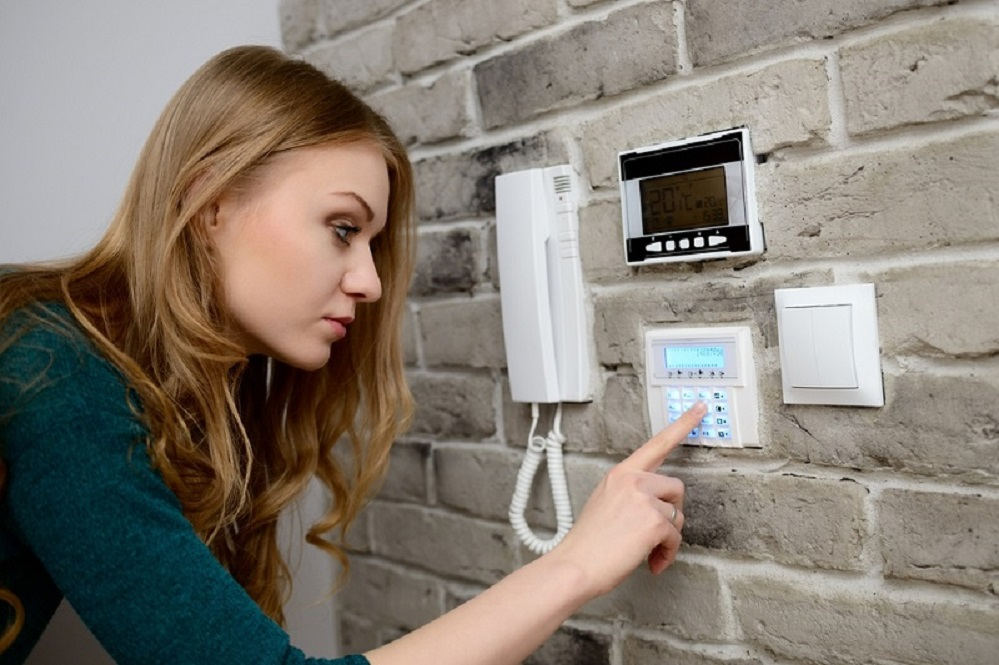
It’s odd how much we take for granted in our day-to-day lives, isn’t it? Has it ever occurred to you how effortlessly you navigate the vast labyrinth of random hallways and restricted premises in a hospital without a moment’s hesitation? Yet have you paid any attention to the tactical architecture and designed organizational scheme behind this fluid movement? Enter the world of access control systems. These unsung heroes silently work in the background of every healthcare structure, keeping us safe while we stay oblivious. In this post, we are unveiling the invisible modus operandi of these systems. Await a journey of discovery that unearths why their importance in hospital architecture cannot be overstated.
Yes, architecture transcends aesthetic appeal and functionality—it’s the safety bolt to the doors of privacy, security, and control. Even more so in healthcare facilities where access control forms an irreplaceable linchpin of systems design. How? We’re about to delve deep into that.
What is an Access Control System in Hospital Architecture?
Easing you into this world of exciting controls, let’s first grasp the concept of an access control system. Imagine a silent, ever-vigilant sentinel purely bred for one purpose—controlling entrance, exit, or other forms of access in a hospital setup. This virtual gatekeeper operates on a level-by-level, area-by-area basis and uses technology to control access in discrete tiers.
The system works around the clock, always ready to grant or deny individuals access depending on their identification, authorization, and clearance. Yet, it goes beyond mere granting or rejecting trespass. The advanced technology documents each access attempt and logs it for any future references, aiding security by maintaining exhaustive records.
Why is Access Control So Important in Hospitals?
The importance of access control systems in a hospital’s architecture extends beyond just restricting access. The architecture of control is designed to enhance the three S’s: Safety, Security, and Sanctity.
Safety refers to the roles these systems play in ensuring restricted areas such as operation theatres, ICUs, and drug storage areas remain off limits to unauthorized personnel. Security, on the other hand, ensures that patient data and records stay confidential while sanctity is preserved by maintaining hushed, peaceful environments in designated zones such as neonatal units.
The Architectural Integration of Access Control
Adopting an access control system in a hospital means integrating it right from the architectural planning phase. It means discerning which areas would require restricted access, deciding the kind of access system (such as biometric, RFID, or card-based), and synchronizing the infrastructure’s design accordingly.
This architectural integration brings together the physical and technological aspects of the hospital’s design, ensuring seamless functioning while keeping the aesthetics intact. Moreover, potentially vulnerable zones of the hospital are fortified against risks, thanks to judicious architectural integration.
Pros and Cons of Using Access Control Systems
Like all things, access control systems in hospitals also have their share of pros and cons. On the one hand, they offer enhanced safety, add layers of security, improve privacy, aid in efficient hospital management, and reduce risks of theft or unauthorized access.
However, there are also downsides. High initial setup costs, potential system failures, and the risk of access cards or codes falling into the wrong hands are valid concerns. Plus, integrating this system requires significant architectural changes, which are not always feasible for older, existing hospital structures.
The Future of Access Control in Hospital Architecture
The future of access control in hospital architecture appears incredibly promising. With advancements in technology, we could soon witness the advent of more intuitive systems, possibly leveraging AI and machine learning to make security more robust.
In addition, the move towards integrating access control with other critical hospital systems like patient database management, equipment tracking, and emergency response looks all but certain. All these updates make for a future where healthcare facilities only become safer, smarter, and more secure.
Conclusion
At the end of the day, hospital architecture isn’t just about building grand structures and striking aesthetics. It’s also about creating protected spaces that cater to the delicate task of health and healing.
Access control plays a pivotal role in determining who gets to enter specific spaces within the hospital and who doesn’t, making hospitals as herculean and as hushed as required, all at the same time. The pros easily outweigh the cons, making it an integral system that hospitals shouldn’t overlook during their planning and design process. Building a safer and more efficient clinical environment, after all, isn’t just a dream – courtesy of access control systems, it’s an achievable reality.





